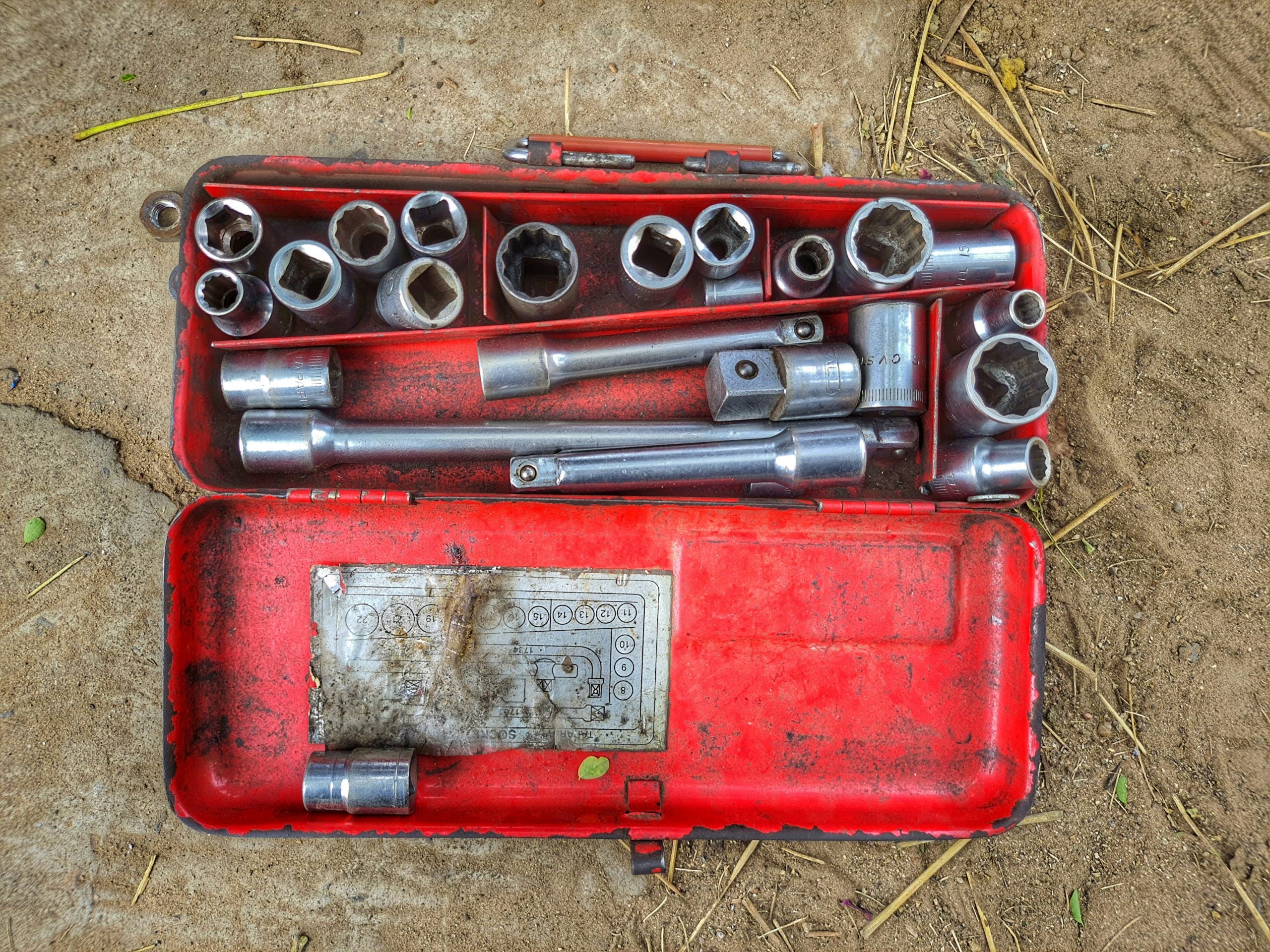Burnout rarely begins with a dramatic collapse. More often, it creeps in quietly – a thinning of patience, a shallower breath, the sense of going through the motions without really being present. It’s not about weakness, but about carrying too much output and not enough replenishment for too long.
The good news is that we can begin to shift the balance by weaving in small, body–mind practices. These aren’t quick fixes. They’re steady ways of building resilience and listening more closely to what our nervous systems are asking of us. Therapy can help shift the balance before collapse.
1. Breath as Reset
The breath is our most portable tool. Slow, diaphragmatic breathing tells the body that we are safe. Place one hand on your belly, one on your ribs. Inhale for a count of four, letting the belly rise first, then the ribs. Exhale slowly for a count of four.
Just two or three minutes, repeated a few times a day, can lower blood pressure, settle racing thoughts, and reduce the background hum of stress.
2. Move Little, Move Often
Our bodies aren’t designed to sit still for hours. Even 30 seconds of stretching or rolling your shoulders every hour interrupts muscular holding patterns and gives the nervous system a chance to reset. Think of these as “micro-pauses” rather than workouts – they matter more than you think.
3. Exercise That Raises Heart Rate
Cardiovascular exercise – running, cycling, swimming, a brisk class at the gym – builds the body’s stress-response capacity. When we raise the heart rate and sweat, we strengthen the cardiovascular system, support metabolic health, and release endorphins that help regulate mood.
Research consistently shows that people who engage in 150 minutes of moderate aerobic exercise, or 75 minutes of vigorous activity per week, have a 30–40% lower risk of premature mortality (WHO, 2020, NHS physical activity guidelines). In other words: moving your body with some intensity helps you live longer and cope better.
4. Exercise That Calms and Centres
On the other side of the spectrum are slower practices – yoga, Pilates, tai chi. These don’t flood the system with adrenaline; instead, they cultivate balance, rhythm, and a calm attentional focus. Their repetitive, slower movements help soothe hyperarousal and invite the nervous system into recovery.
As a yoga teacher and psychotherapist, I’ve seen how these practices ground people not only in their bodies, but in their sense of self. They offer a pause in the swirl of daily demands.
5. Knowing What You Need, When
There is no one-size-fits-all formula. Some days, your body may need to discharge stress through sweat and exertion. On others, what you need most is stillness, breath, and gentle rhythm. The key is attunement – learning to listen beyond “should” and instead notice what your body and mind are asking for.
6. Create Boundary Rituals
Burnout thrives when work seeps into every corner of life. Simple rituals at the edges of the day can help. Try standing still, taking three breaths, and stretching as you begin or end work. Imagine drawing a line between “doing” and “being.” The body recognises the transition even before the mind does.
7. Grounding Through the Senses
When stress spikes, try the 5-4-3-2-1 tool: name five things you see, four you touch, three you hear, two you smell, one you taste. This simple act grounds attention in the present moment, pulling you back from spirals of thought into embodied awareness.
8. A Quiet Evening Check-In
Before bed, ask yourself two simple questions: What was too much today? What was too little? Jot down a word or two. Over time, these micro-reflections build a map of your needs, patterns, and limits, and make it harder to ignore the signs of strain.
9. Share the Load
Perhaps the most overlooked antidote to burnout is connection. Speaking one inner state aloud – “I felt brittle today” – with someone you trust restores the sense that you don’t carry everything alone. Our nervous systems regulate best not in isolation, but in relationship.
Final Thought
Burnout isn’t solved by one practice. It’s softened by weaving together breath, movement, awareness, and relationship. These are not luxuries; they are ways of living in rhythm with ourselves. By listening carefully, we learn not only what depletes us, but what restores us. That’s where healing begins.
If this article resonates and you would like to find out how we can help you, contact us to schedule a confidential enquiry call today.
Written by Veronika Kloucek, Senior Psychotherapist, Trainer, Supervisor, and founder of The Village Clinic with support from AI tools for grammar and clarity. All editorial ideas and authorship remain fully human.

